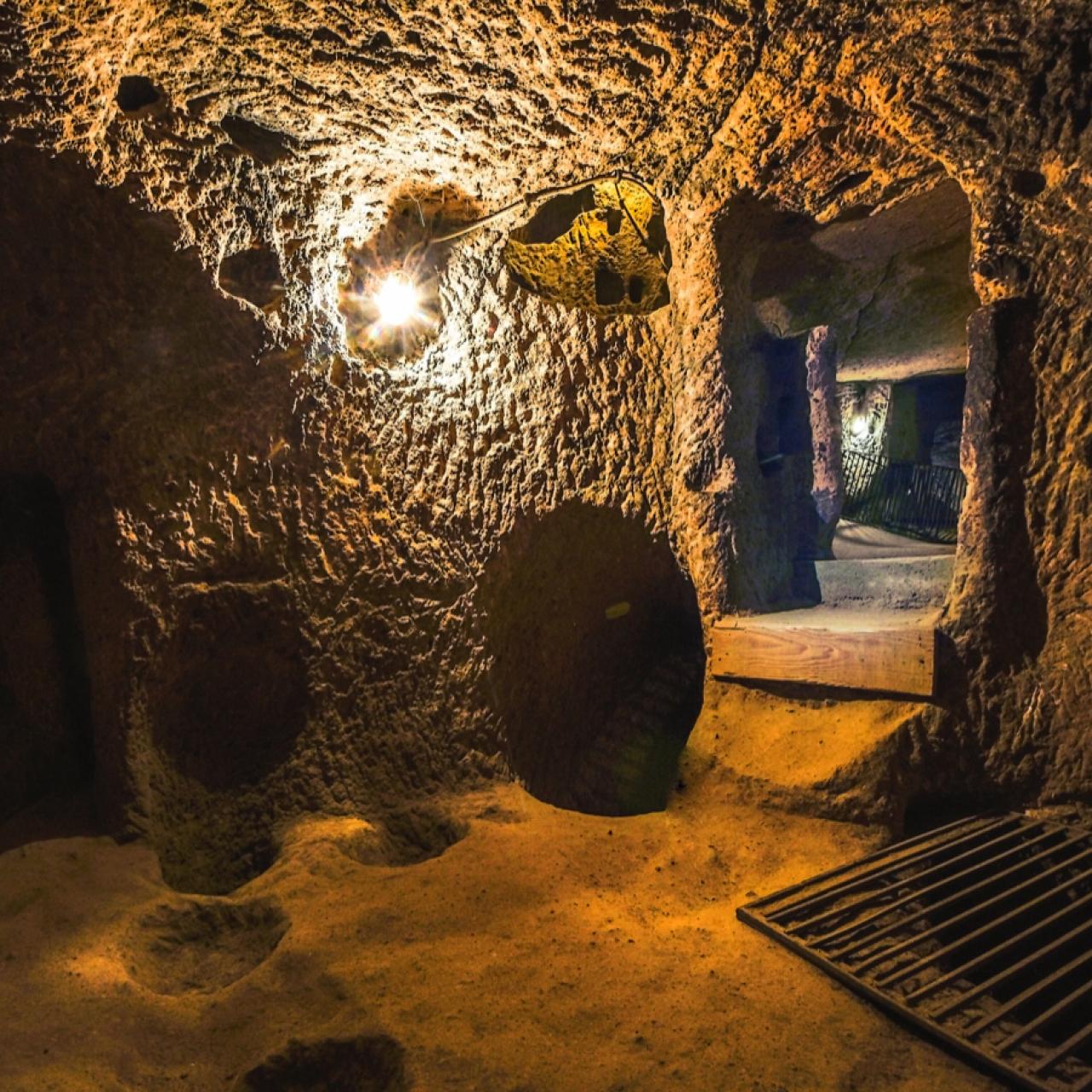Natural Tunnels Around the World
Natural tunnels, often formed through geological processes, present a fascinating intersection of nature's artistry and the forces of erosion. These remarkable formations not only captivate the imagination but also serve as significant ecological and geological sites.
This article will explore various natural tunnels across the globe, their formation, significance, and the unique characteristics that make each one a masterpiece of nature.
The Formation of Natural Tunnels
Natural tunnels typically arise through a combination of erosional processes, including:
Water Erosion: Rivers and streams can carve through rock over millennia, creating tunnels and caverns. The constant flow of water erodes softer rock layers, leading to the formation of intricate passageways.
Wind Erosion: In arid regions, wind can wear away rock formations, creating tunnels that are often found in sandstone or limestone. The relentless force of wind can sculpt these materials into stunning natural arches and tunnels.
Glacial Activity: Glaciers, through their immense weight and movement, can also shape the landscape. As glaciers melt, they leave behind tunnels formed by the flow of meltwater.
Understanding these processes is crucial as they highlight the dynamic nature of our planet and the ongoing interplay between geological forces and natural landscapes.
Notable Natural Tunnels Around the Globe
Several natural tunnels around the world stand out for their unique features and breathtaking beauty. Here are some of the most notable examples:
The Tunnel of Love, Ukraine: Located near the city of Klevan, this enchanting tunnel is a green corridor formed by trees that arch over a railway track. The lush greenery creates a picturesque scene, especially during the spring and summer months. The Tunnel of Love has become a popular spot for couples, symbolizing romance and tranquility.
The Alvaneu Tunnel, Switzerland: This remarkable natural tunnel is a product of glacial erosion. It is situated in the Swiss Alps and provides a stunning passage through the mountains. The Alvaneu Tunnel is not only a testament to the power of nature but also offers breathtaking views of the surrounding landscape.
The Catacombs of Paris, France: While not a traditional natural tunnel, the Catacombs represent an intricate network of tunnels formed from limestone quarries. Over the centuries, these tunnels have been transformed into a burial site, housing the remains of millions. The Catacombs are a hauntingly beautiful reminder of history's passage and the natural processes that created them.
The Natural Bridge, Virginia, USA: This stunning limestone arch stands 215 feet tall and spans 90 feet across. Formed through erosion, the Natural Bridge has been a significant landmark for centuries, attracting tourists and serving as a natural monument to the power of geological processes.
Ecological and Cultural Significance
Natural tunnels are not just geological wonders; they also play crucial roles in their ecosystems and cultural narratives.
Biodiversity Hotspots: Many natural tunnels serve as habitats for various species. The unique microclimates created within these tunnels can support diverse flora and fauna, making them essential for biodiversity conservation.
Cultural Heritage: Natural tunnels often hold cultural significance, serving as sites for rituals, historical events, or artistic inspiration. For instance, the Tunnel of Love in Ukraine has become a symbol of love and devotion, attracting couples from all over the world.
Tourism and Education: Natural tunnels are popular tourist attractions, drawing visitors eager to explore their beauty. They also present opportunities for educational programs focused on geology, ecology, and conservation efforts.
Preservation and Conservation Efforts
As natural tunnels face threats from climate change, pollution, and human activity, conservation efforts are increasingly vital.
Sustainable Tourism: Promoting responsible tourism practices can help mitigate the impact on these fragile ecosystems. Visitors should be educated about the importance of preserving natural sites and respecting wildlife.
Research and Monitoring: Ongoing scientific research is essential to understand the health of these ecosystems. Monitoring changes in biodiversity and geological stability can inform conservation strategies.
Community Engagement: Involving local communities in conservation efforts fosters a sense of stewardship and responsibility towards these natural wonders. Educational programs can empower communities to protect their natural heritage.
Conclusion, natural tunnels are extraordinary formations that showcase the power of nature and the intricate processes that shape our planet. They offer unique insights into geological history, support diverse ecosystems, and hold cultural significance. As we continue to explore and appreciate these natural masterpieces, it is imperative to prioritize their preservation for future generations.
References
- National Geographic: Natural Tunnels
- Smithsonian Magazine: The Tunnel of Love
- BBC Travel: The Alvaneu Tunnel
- Atlas Obscura: The Catacombs of Paris
- National Park Service: Natural Bridge
- Science Daily: Erosion and Geological Processes
- Earth Observatory: The Impact of Climate Change
- World Wildlife Fund: Biodiversity Conservation
- UNESCO: Cultural Heritage Sites
- Nature Conservancy: Protecting Natural Landscapes


































![[LIVE] Engage2Earn: Save our PBS from Trump](https://cdn.bulbapp.io/frontend/images/c23a1a05-c831-4c66-a1d1-96b700ef0450/1)









![[ℕ𝕖𝕧𝕖𝕣] 𝕊𝕖𝕝𝕝 𝕐𝕠𝕦𝕣 𝔹𝕚𝕥𝕔𝕠𝕚𝕟 - And Now What.... Pray To The God Of Hopium?](https://cdn.bulbapp.io/frontend/images/79e7827b-c644-4853-b048-a9601a8a8da7/1)














